Despite a year marked by geopolitical volatility, stubborn inflation, and rising long-term yields, the U.S. economy continues to confound expectations. Consumers are spending, employment is holding, and the dreaded recession has yet to arrive. But beneath the surface of these strong headline numbers, three contradictions have emerged—each shaping investor behaviour in different ways and exposing fault lines that may not hold forever.
1. Consumers are spending like it’s 2021, but feeling like it’s 2008
The most striking tension lies between consumer sentiment and consumer behaviour. According to executives at American Express and Mastercard, spending trends through May are almost indistinguishable from Q1—solid and consistent. Visa, too, confirms that U.S. payments volume is tracking better than expected, and Bank of America reports that $1.7 trillion has moved out of consumer accounts into the broader economy year-to-date, a 6% increase from last year.
Yet this activity is set against a backdrop of deep pessimism. As Amex put it bluntly: “Consumer sentiment is in the toilet, but they’re just complaining as they go spend.” TransUnion adds that while employment and wage growth remain strong, “the consumer is very worried.” It’s a paradox that underscores the stickiness of post-COVID wealth buffers and behavioural inertia—consumers may not feel good, but they’ve learned to keep moving.
2. The labour market is tight, but not overheating
Employment remains the bedrock of the U.S. economy. From Equifax to Mastercard, corporate leaders see little weakness in the jobs market. Unemployment remains low, wage growth is outpacing inflation in some areas, and delinquencies are “reasonably controlled” according to TransUnion. Even elevated interest rates haven’t dramatically dented consumer borrowing habits—many have adapted to higher costs after the zero-rate COVID years.
KeyCorp, whose retail clients boast an average FICO score of 790 and wealth AUM of $61 billion, sees no signs of financial strain. Non-interest-bearing accounts are still 26% above pre-COVID levels. The picture is of a workforce that is employed, creditworthy, and still engaging with the economy—even if uneasily.
3. Resilience masks a growing fiscal drag
While short-term indicators are encouraging, long-term risks are quietly building in the background. Goldman Sachs highlights a shift in bond market focus from inflation to the U.S. fiscal deficit. As deficits persist and debt issuance grows, there’s rising concern that long-term yields will continue to climb—not due to growth expectations, but because of supply and fiscal uncertainty.
The risk is straightforward: higher long-term rates increase the cost of capital, which could act as a structural brake on future investment and economic expansion. If the consumer is the wind in the sails of the economy, the budget may soon become the anchor.
The takeaway
The U.S. economy isn’t in a soft landing or a hard one—it’s flying on one engine while the other sputters. Spending holds, jobs remain plentiful, and corporate earnings show resilience. But the data also reveals an uneasy balance between strength and strain: confidence is brittle, fiscal risks loom, and monetary tightening hasn’t finished echoing through the system. Investors and policymakers alike are navigating a landscape defined less by immediate crisis than by the slow erosion of certainty.
